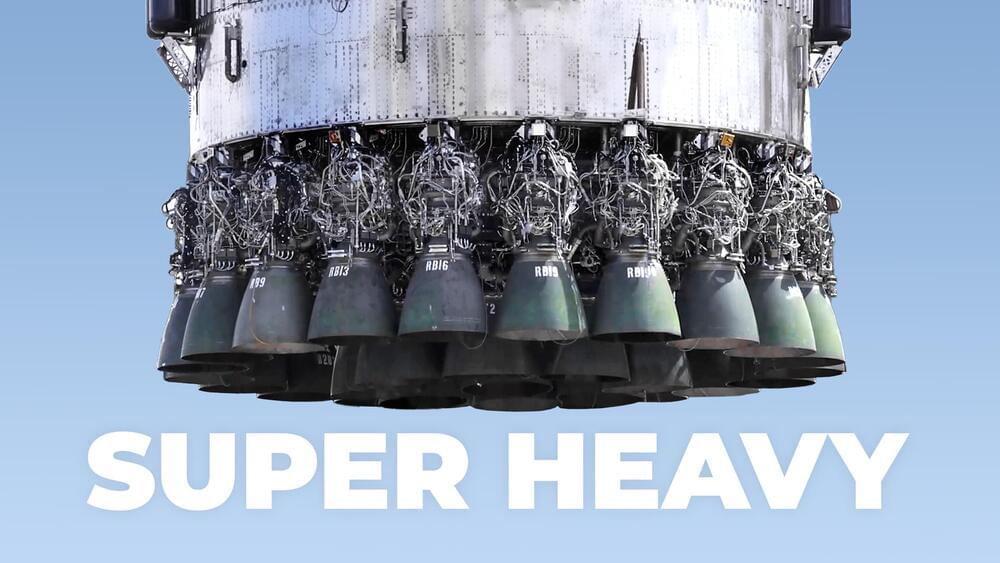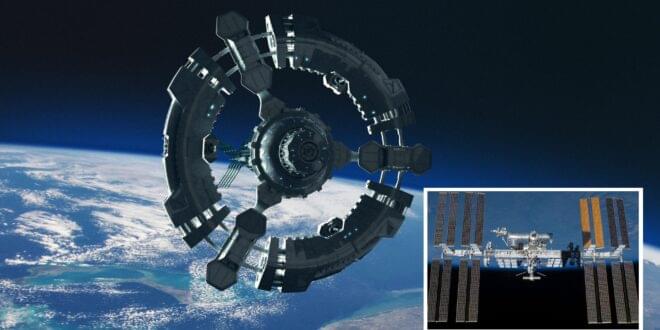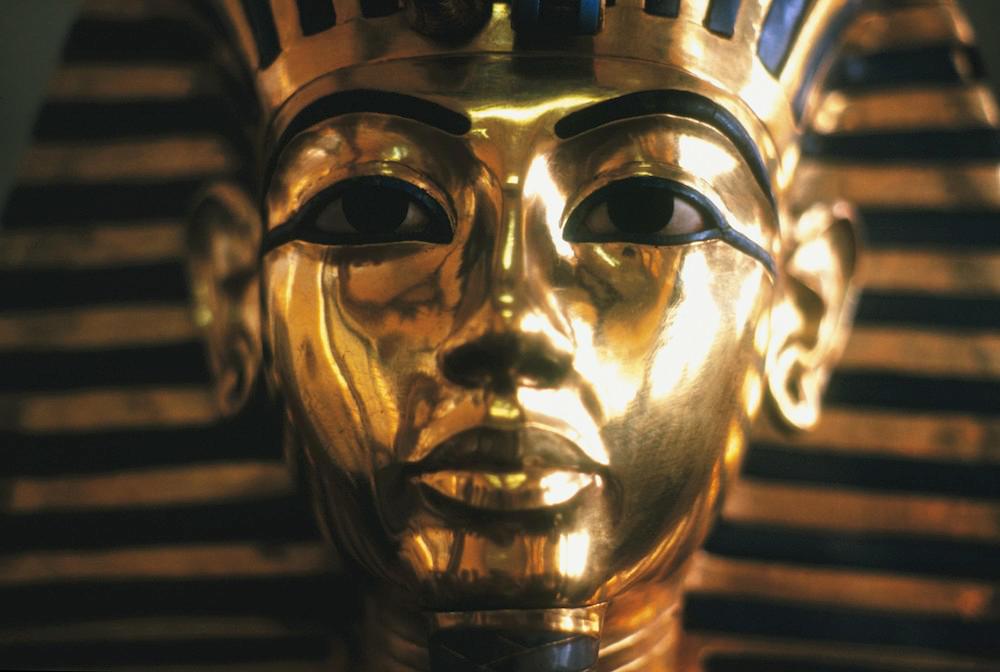Earth´s Moon may have been habitable and hosted life billions of years ago: a hypothesis re-evaluated.
An Outrageous Hypothesis Re-Evaluated.




One of the greatest achievements of mankind is the International Space Station, which brings together astronauts from across the globe to cooperate on groundbreaking research. The International Space Station (ISS) will be decommissioned in 2024, following which a new generation of space stations will take its place. When more people are able to travel space, new political and economic conflicts will be inevitable.
Low-Earth orbit is becoming less important as NASA shifts its attention to transporting people to the moon and ultimately Mars. During this transition, the space agency plans to lease out space stations operated by private corporations for its astronauts to use. ISS will burn up and disintegrate in the atmosphere when the new stations are ready.
Anyone who wants to work in space at some time in the future will be forced to pick among a number of different locations. That implies that governments will not only be employing these new stations to improve their national space programs but also as lucrative economic endeavors, too.


He said that three main requirements should be fulfilled to improve the cooling effect. The radiative coolers should not replace the existing PV glass covers, so the natural RC ability of glass can be harnessed to add to the overall cooling gain. There should also be an efficient and quick heat transfer mechanism between the PV module, which is also the heat source, and the RC heat sink. In addition, the RC module should directly face the sky to radiate maximum waste heat into outer space.
The proposed system consists of a PV module and a separate RC module, integrated with a flat plate heat pipe in between. A separate RC module is used along with the existing glass cover on the solar cells and the heat pipe is integrated between the PV and RC modules, providing quick heat transfer. The RC module is then placed on the condensing section of the heat pipe facing the sky.
Here’s a supercut of our favorite celebrations as NASA’s teams cheer on mission success.a
Nikola Tesla’s vision of the world is about to become reality.
#engineering
Wireless electricity is a 100-year-old dream that just might turn into reality in the coming years. The advent of wireless charging, electric vehicles, 5G, and the need for greater sustainability have led to a push for the development of fully operational wireless transmission technology in different parts of the world.
From America’s Wave Inc. to Japan-based Space Power Technologies and New Zealand’s energy startup Emrod, there are a number of companies that are currently working on wireless power transmission technology. Field tests have also begun for some systems, and it will be interesting to see who comes first in this race to offer an efficient, economical, and viable wireless electricity solution.
Before we get into the different revolutionary initiatives concerning wireless electricity, it is important to understand its origin and the underlying concept behind this technology that makes it a reliable choice for future power needs.
I have often mentioned how useful it would be to relocate an asteroid to lunar orbit to serve as a counterweight for a rotovator / skyhook.
Data from NSF’s NOIRLab Show Earth Trojan Asteroid Is the Largest Found The SOAR Telescope, part of NOIRLab’s Cerro Tololo Inter-American Observatory, has helped astronomers refine the size and orbit of the largest known Earth Trojan companion. By scanning the sky very close to the horizon at sunrise, the SOAR Telescope in Chile, part of Cerro-Tololo Inter-American Observatory, a Program of NSF’s NOIRLab, has helped astronomers confirm the existence of only the second-known Earth Trojan asteroid and reveals that it is over a kilometer wide — about three times larger than the first.

When archaeologists first glimpsed the gilded splendor of King Tutankhamun’s tomb, they never thought that one of the most fascinating artifacts didn’t originate in Egypt — or on Earth.
Tutankhamun ascended the throne at 9 and died at 19. While he may not have reigned long, he did wield an iron dagger that was (in the most literal sense) out of this world. It might have not looked like much compared to all the riches unearthed from his tomb, including a gold death mask that seems to gaze into the hereafter, but the blade of this dagger was actually carved from a meteorite that had previously fallen to Earth. The question is where that dagger was forged.
Never mind the origin of the asteroid that burned up in the atmosphere and sent a meteorite hurtling to Earth. Where the dagger itself came from is debatable, but the type of space rock it was made from might have now revealed something. Researcher Tomoko Arai of the Chiba Institute of Technology in Japan looked up close to find out what type of meteorite was used for such a weapon. She coauthored a study recently published in Meteoritics and Planetary Science.